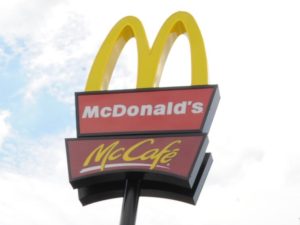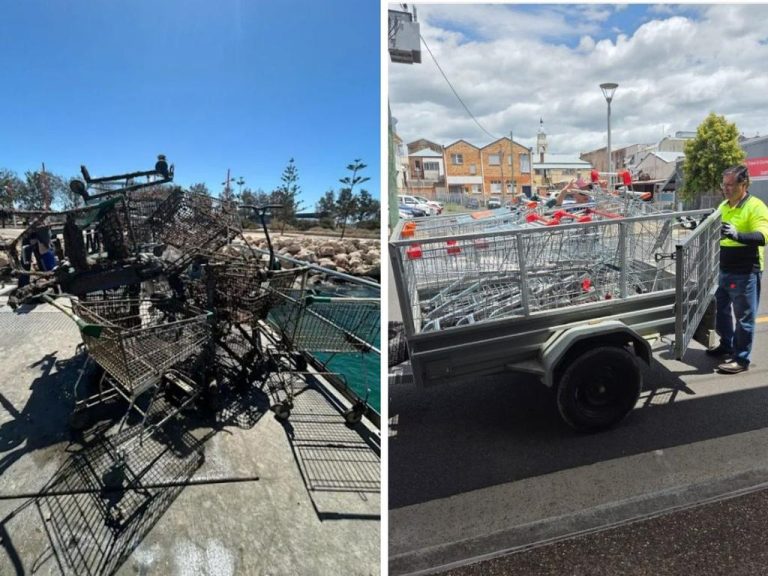April 6 REA Insights Weekly Commercial Search Report, 2021

Search volumes for commercial property have fallen in the week leading up to Easter, though remain well up from 12 months ago due to the 2020 COVID-19 lockdowns.
Searches to buy commercial property were down 14% compared to last week, with declines seen across every state.
Compared to the 12 months prior, however, ‘For sale’ searches are up 77% nationally.
While well above last year’s levels, this reflects a lower year-on-year change from the two weeks prior. Contributing to this lower level was the lead up to the Easter holidays and the decline in COVID-19 cases recorded in early April 2020.
By state, the Australian Capital Territory and Queensland saw the largest weekly falls in ‘For sale’ searches, down 20% and 19% respectively. Western Australia meanwhile saw the smallest decline in buy searches at -7%.
Compared to the 12 months prior, ‘For sale’ searches in South Australia have seen the strongest growth (up 101%), followed by Western Australia (up 95%) and the Northern Territory (up 80%).
In contrast, Victoria (up 59%) and Tasmania (up 52%) recorded the lowest growth in buy searches over the past 12 months.
‘For lease’ searches also declined across every state over the past week, with volumes down 17% nationally. Despite the week-on-week fall, searches to lease commercial property were 94% higher compared to the 12 months prior.
Over the past week Queensland (-24%) and Victoria (-18%) saw the largest declines in commercial lease searches, while in the Northern Territory volumes were down just 5%.
‘For lease’ searches were at nearly double the level seen during the same period last year, recording a 94% rise nationally. The strongest gains were seen in Western Australia (up 119%), Tasmania (up 117%) and the Australian Capital Territory (up 101%).
The significant year-on-year growth in commercial search volumes seen in both the buy and lease categories are expected to continue to moderate over the remainder of April, though still remain higher than 2020 levels.







